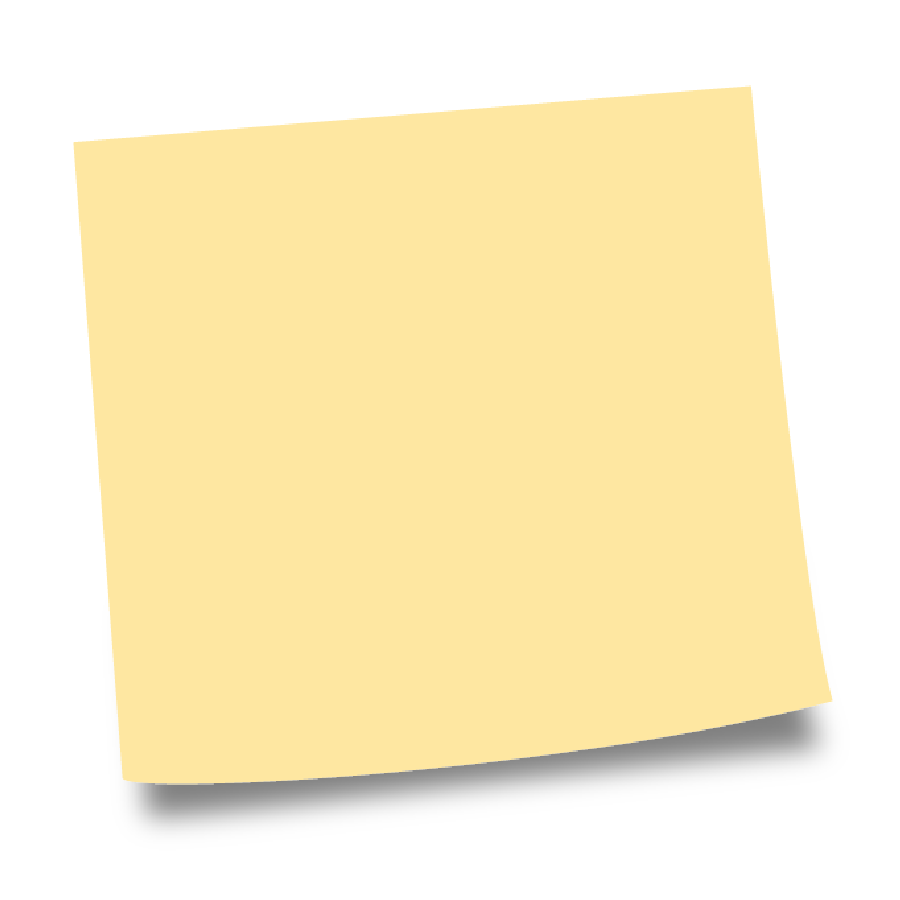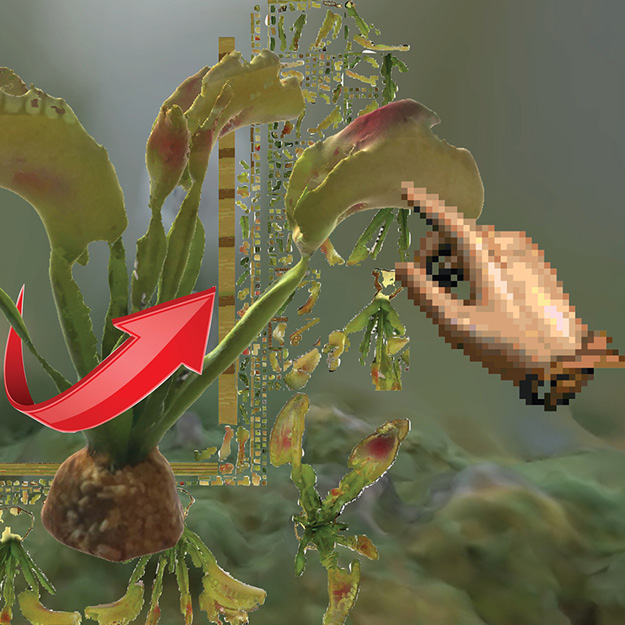Free Projects
—

Erik Freydank
Breitscheidplatz

Frederic Brodbeck
0..1

En Kitani
*WAAW

Ying Chen
Absconding

Lorenz Raab
Analoge Brücke

Akitoshi Honda
Artificial Appetizer

Elisa Storelli
Assemblaggio N1

Julius Fuehrer
A Thousand Seeds or the Right to Becoming

Merani Schilcher
autoantibody.3 – Destruction of Self

Frederic Gmeiner
Bericht über R.

Alexander Hahn
Bioinformatics: Nature’s superiority over binary computing

Susa Schmid
Blickskulpturen / Gaze Sculptures

Bruno Gola
Bruto

Ying Chen
Bubbles

Tim Horntrich
Clock Choc

Hsiao Li-Chi
Coffee And Kitty

David Reitenbach
convincing ideas

Jens Wunderling
default to public

Constantin Engelmann
Der Kopist

Valerian Blos
Design as Restriction / Restriction as Design

Özcan Ertek
Devil's Rope: On a Journey of No Return

Sven Gutjahr
Diaries of Alvin Fredriksøn

Tim Horntrich
DropingNews

Robin Woern
Ephememorion

Orlando Helfer Rabaça
Footprint²¹³

Julian Netzer
GOTCHA

Erik Anton Reinhardt
Graphic Design

Stephan Sunder-Plassmann
Hacking Memorials

Martin Kim Luge
Hear the grass growing

Christopher Hoehn
How It Was(n't)

Tim Horntrich
ICSY TK 5000

Julius von Bismarck
Image Fulgurator

Willy Sengewald
Jammer Horn

Florentin Aisslinger
Living with Matter

Monika Hoinkis
Living with Things

Sebastian Wolf
lovesmenot

Andreas Schmelas
Machines At Work

Merani Schilcher
Make Me A Weapon – Destruction of Context

Julia Rosenstock
Meadow of carnivore plants

Frederic Gmeiner
Memory Shapes

Merani Schilcher
Mephista – Destruction of Other

Ying Chen
My queer body, my ownership

Piet Schmidt
möve

Fang Tsai
Nahweh: the Unreachable

Nicenboim Iohanna
Objects of Research

Bill Hartenstein
Palio

Vinzenz Aubry
pendel 1

Hye Joo Jun
Phantom Limb

Markus Kison
Pulse

Kilian Kottmeier
Resource forecast

Felix Worseck
Subordination/Unterordnung

Frederic Brodbeck
Synthetic Flurry

Stephan Sunder-Plassmann
Tagebilder

Stephan Sunder-Plassmann
The Beauty of Oppositions

Andreas Schmelas
The Space Beyond Me

Julius von Bismarck
The Space Beyond Me

Andreas Schmelas
The Visible Invisible

Paul Kolling
thing <ser. no.>

Elisa Storelli
This machine will not switch herself off

David Löhr
Titan

Niklas Söder
Unstable Trajectories

Tilman Richter
Wall of Distribution

Tilman Richter
Wall of Support

Tilman Richter
Wall of Tendencies

Andi Rueckel
木

Andi Rueckel
木 木

Andi Rueckel
木 木 木
Paul Kolling — thing <ser. no.>
Free Projects
Although there has been agreement for centuries that Euclidean space does not adequately describe the physical space surrounding us, there is hardly any adequate way of dealing with this contradiction in practice.
No matter whether it's a perspective drawing or an axonometric view of a 3D-CAD model, almost every artistic or creative work, every design process begins in this very space. Of course there exists no physical object in it, yet it is the place where our (material) environment is designed, and shaped.
When designing with CAD, especially when modelling in 3D-CAD, it is noticeable that the process of creation (formation) can be described almost perfectly by the hylemorphic model. A mass, as a material potentiality, which in the beginning is constituted only by the difference to the nothingness around it, becomes an object only by imposing a form. The only origin of this form is the imagination of the creator. The mass is only assigned its materiality through retrospective contextualization, whereby it becomes absolutely passive.
Contrary to hylemorphism, this work examines what happens when the form is thought of as pure potentiality instead of matter. What happens if the confrontation with the material is the moment of realizing?
An abstract form is commissioned without any contextualization and scaling to people from different trades for production. The only available information is an interactive 3D model and side views as image files. The only premise is that a physical object must be created. The craftsmen were each paid a daily rate.
The resulting things reveal the properties of the material used. In addition, the interpretation of the producer, influenced by the work in the specific trades, can be read off. What created these things? The creation of the model, the formulation of the task, or the actual production as a physical something?





